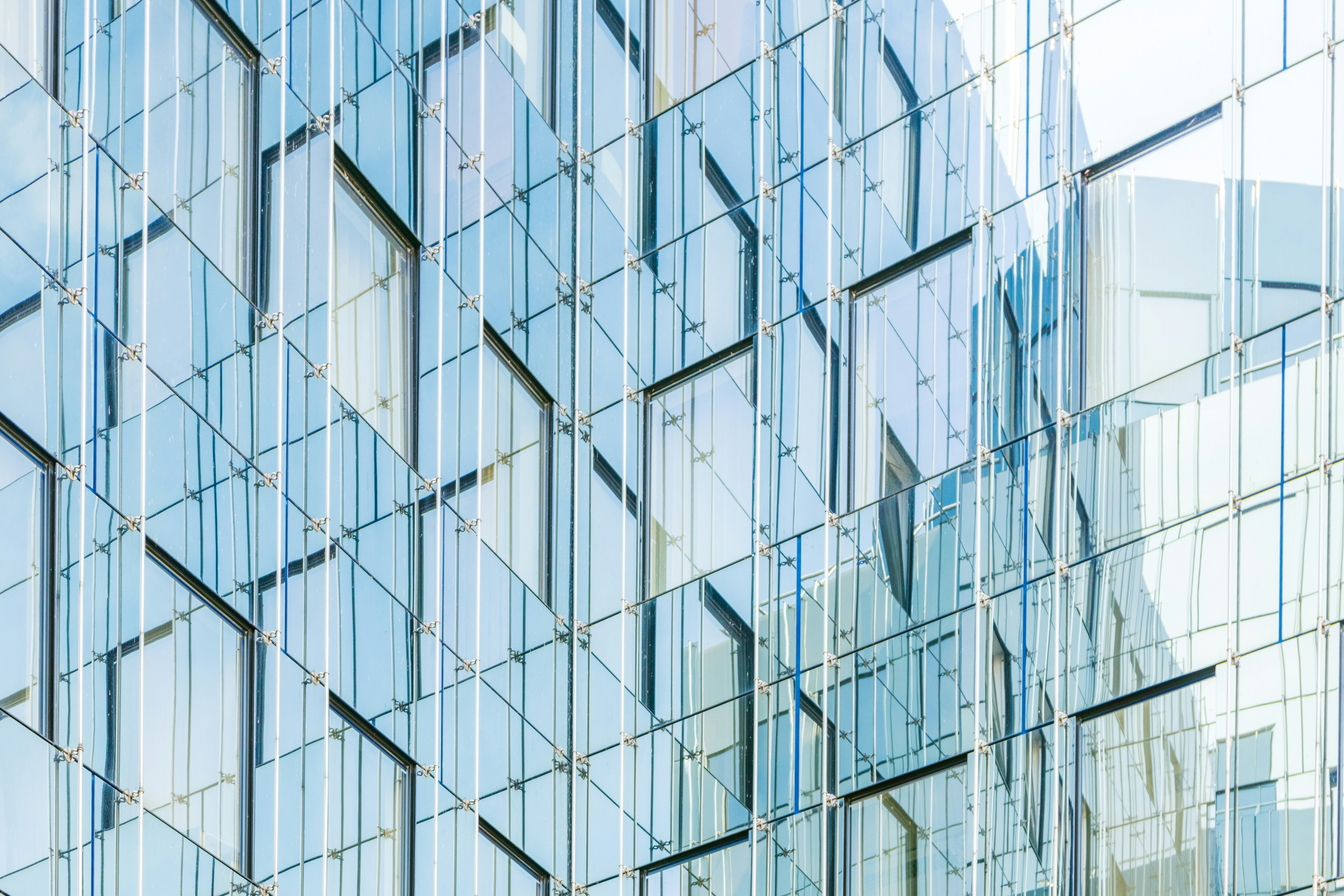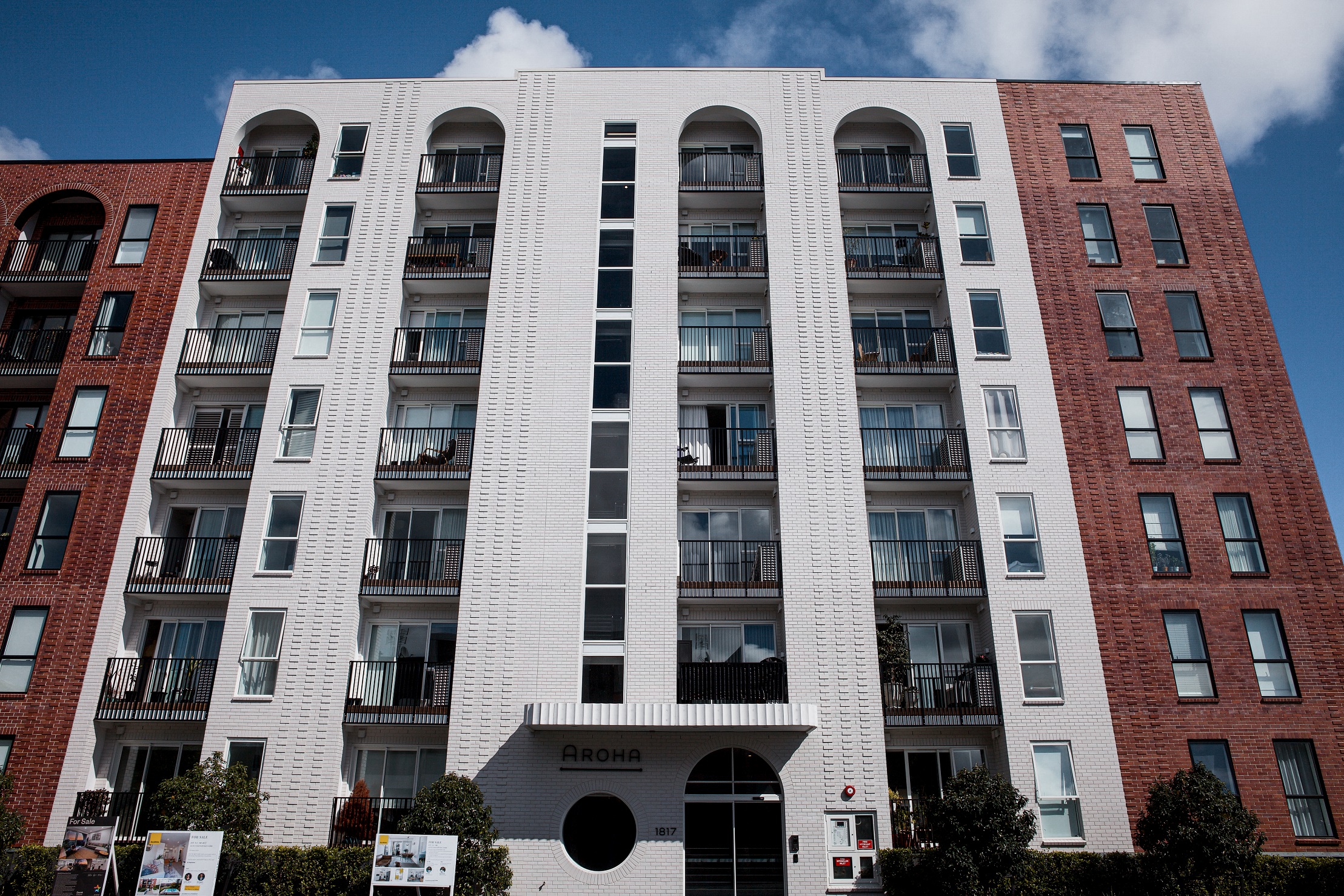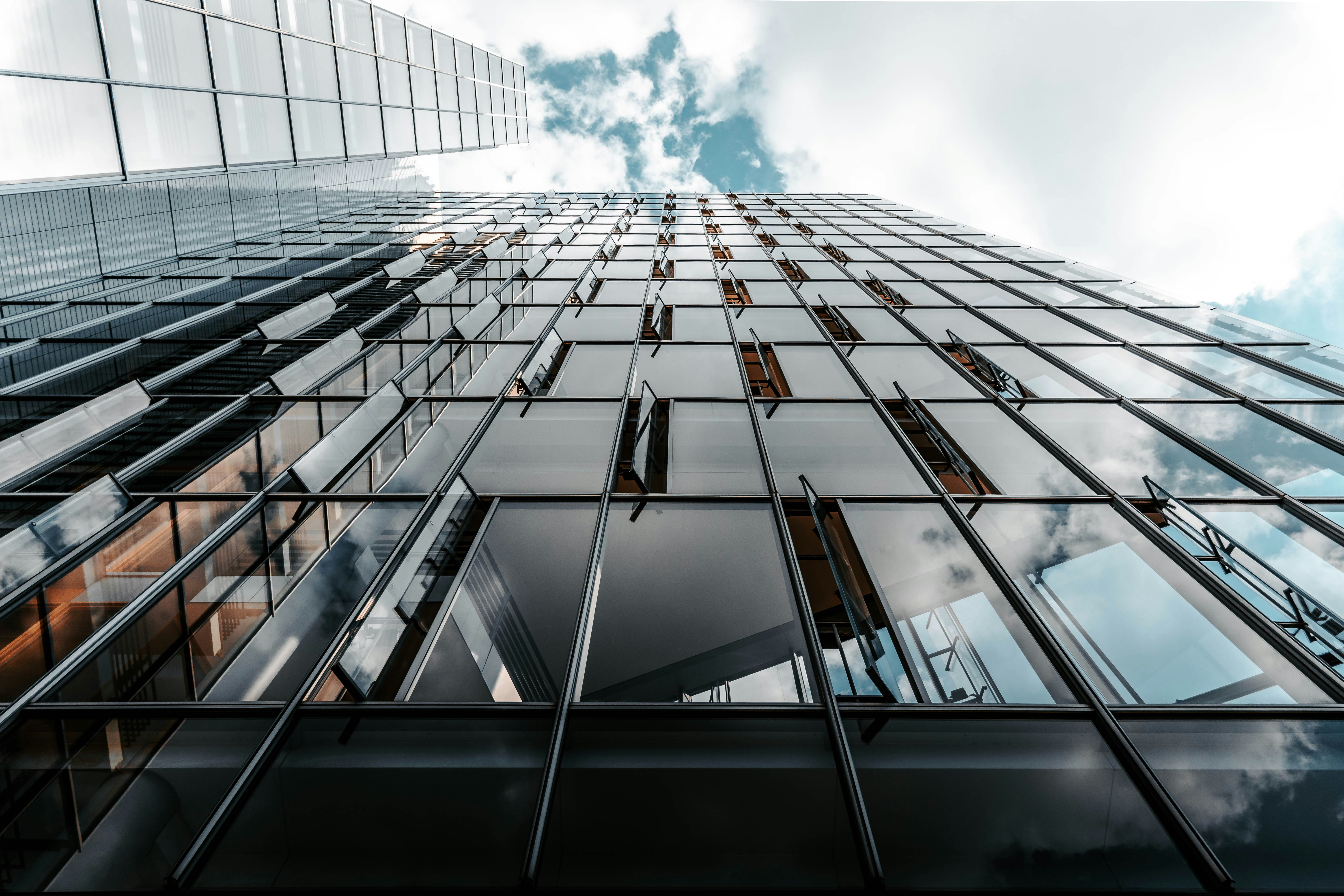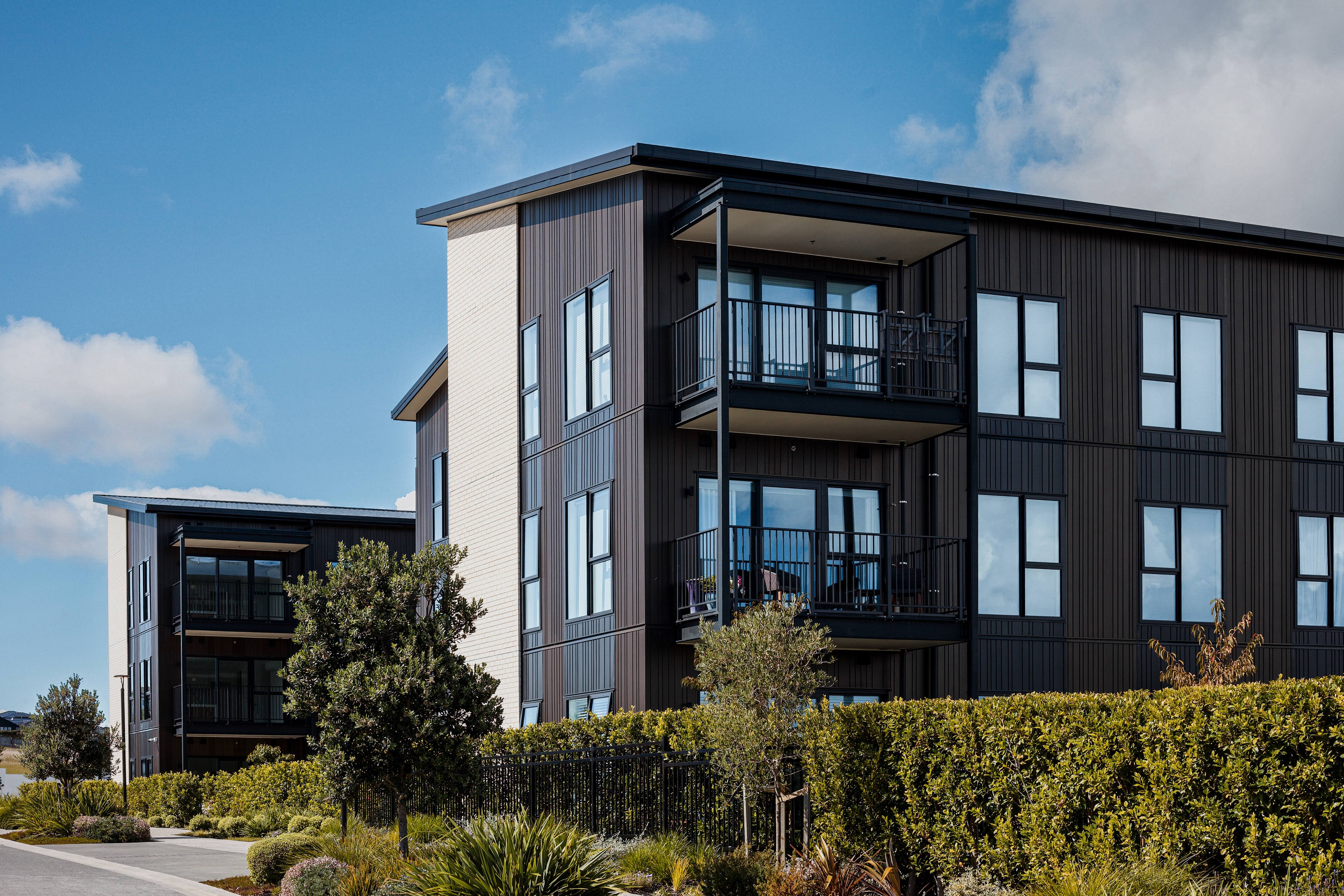Glass isn't just the thing you look through. It’s the bridge between vision and performance, form and function as part of building and architecture. And when it comes to façade design, understanding glass isn't optional - it’s essential.
In this article, we're breaking down the complex world of architectural glass and glazing into simple, actionable insights. Whether you're choosing the right IGU for your Passive House project, navigating overheating risk, or trying to avoid a costly retrofit, we’ve got you covered.
What Glass Actually Is (And Isn’t)
Modern architectural glass starts as melted sand. Float glass - the most common type - is created by pouring molten glass onto a pool of molten tin. The result? A nearly perfect sheet of flat, distortion-free glass.
Once cooled slowly, this becomes annealed glass. It’s clear, flat, and affordable - but it has a downside: when it breaks, it breaks badly. Sharp shards and dangerous edges make it unsuitable for areas where breakage is a risk.
Strength Matters: Toughened vs Heat-Strengthened Glass
So how do you make glass safer and stronger?
Tempered (or toughened) glass
It goes through a rapid heat-and-cool process that puts its outer surfaces into compression. When it breaks, it shatters into small, cube-like pieces that are far less dangerous.
You’ll see this every day in the side windows of cars. In an emergency, they’re designed to break safely, allowing quick escape without causing serious injury. If you’re wearing polarised sunglasses and notice a strange rainbow pattern across a window - that’s another giveaway that the glass is toughened.
Heat-strengthened glass
It follows a similar process but is cooled more slowly. It doesn’t shatter like toughened glass, but it still offers improved strength and resilience. You won’t spot it as easily - it’s often used for larger spans or in places where extra strength is needed, but full break-safety isn’t as critical.
Think of it like pulling a rope tight - it resists tension and becomes much stronger. Both treatments improve the performance of glass in high-performance façades, reducing the risk of spontaneous breakage and supporting ambitious architectural designs.
Lamination: Built-in Safety and Sound Control
Laminated glass consists of two panes of glass bonded together with a thin interlayer. If one layer breaks, the interlayer holds the pieces in place - preventing dangerous fallout and enhancing safety.
It’s the same principle used in your car’s windscreen. In an accident, the glass may crack, but it stays intact, protecting the occupants from shards. The same goes for glass balustrades on balconies - laminated panels ensure that, if broken, the glass remains in place rather than falling and causing injury.
Beyond safety, lamination also helps with acoustics. The interlayer dampens sound vibrations, making it a great option for busy urban areas or noise-sensitive spaces.
IGUs
Insulated Glass Units (IGUs) are double- or triple-glazed systems with sealed air (or gas) between the panes. They work just like insulation - by keeping a pocket of air still to reduce heat transfer. The difference? You can see through this one.
The air gaps in IGUs are usually between 8–12mm thick. Anything less increases heat transfer via radiation. Anything more, and you risk convective air currents forming inside - also reducing performance. It’s a delicate balance that makes all the difference.
Inside each IGU, a desiccant within the spacer keeps moisture at bay. But over time, the seals can degrade - especially in older or poorly manufactured units - letting in moisture and causing condensation between the panes. Once that fog appears, your only real option is replacement.
IGUs are factory-tested, but frost point testing can also be used later to assess their condition or estimate remaining lifespan, especially useful during building investigations or retrofit planning.
Understanding Performance Variables
When selecting glass, you’re actually toggling between three main variables:
Visible Light Transmittance (VLT)
How much daylight gets in. Think sunglasses: higher VLT is clearer; lower is more tinted.
Solar Heat Gain Coefficient (SHGC or G-value)
How much solar energy makes it through to the interior. Lower values = less overheating.
U-value
How much heat transfers through the glass. Lower = better insulation.
These three are independent, meaning you can mix and match. Want bright interiors without the heat? Low-e coatings can help you get both.
Low-E Coatings: Invisible, Essential, Powerful
Forget tinting. Low-emissivity (low-e) coatings are ultra-thin layers of metal that act like sunscreen for buildings. They reflect heat, control solar gain, and maintain transparency - all at a microscopic level. They were originally developed for space helmets (yes, really), and now they're one of the most powerful tools in façade design.
Coating placement also matters: on surface 2 (inside of outer pane) for blocking summer heat, or surface 3 (outside of inner pane) for retaining winter warmth.
Beware of Breakage: The Nickel Sulfide Problem
Toughened glass sometimes breaks spontaneously - without impact. Why? Tiny nickel sulphide inclusions embedded in the glass during manufacturing. These expand over time, causing sudden, dramatic fractures. The solution? Heat soak testing, which accelerates this process in the factory. Better it breaks on the factory floor than on your building.
Retrofitting with Glass: Looks Easy, Often Isn’t
Swapping out glass can help address overheating in older buildings - but it’s rarely simple. Curtain walls, glazing pockets, and structural compatibility all come into play.
In some cases, full retrofits may be needed. Other times, partial replacements - like replacing only the street-facing façade - can deliver a strong visual impact on a tight budget.
Don't Let Glass Be the Weak Link
From tintings to coatings, from clarity to comfort, glass can either elevate or undermine your building's performance.
Before you specify your next IGU, let’s talk. Whether it's a new-build or retrofit, high-rise or Passive House, we can help you choose the right path forward - without the fog. Contact us at info@obsf.co



